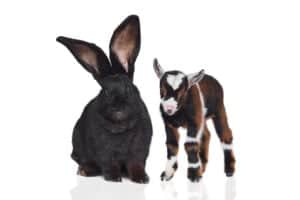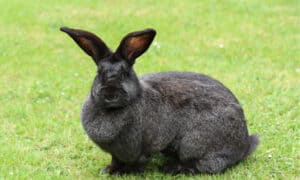Wild-eyed, bushy-tailed, cottontail rabbits get their name from their distinctive cotton-like tail. In most species, the tail is fluffy and stubby with a white underside. Hares or rabbits are the common names for members of the Leporidae family. However, these cottontails aren’t the bunny rabbits you find as pets in backyard hutches. Instead, they are wild creatures that don’t adjust well to captivity.
Cottontails are different from the common pet rabbits that are domesticated by humans. The solitary temperament of North American cottontails makes them harder to domesticate. Cottontail is the common name for several distinct species in the Sylvilagus genus.
As a whole, what do cottontails like to consume? Let’s delve into the details of what cottontail rabbits eat!
What Do Cottontail Rabbits Eat?
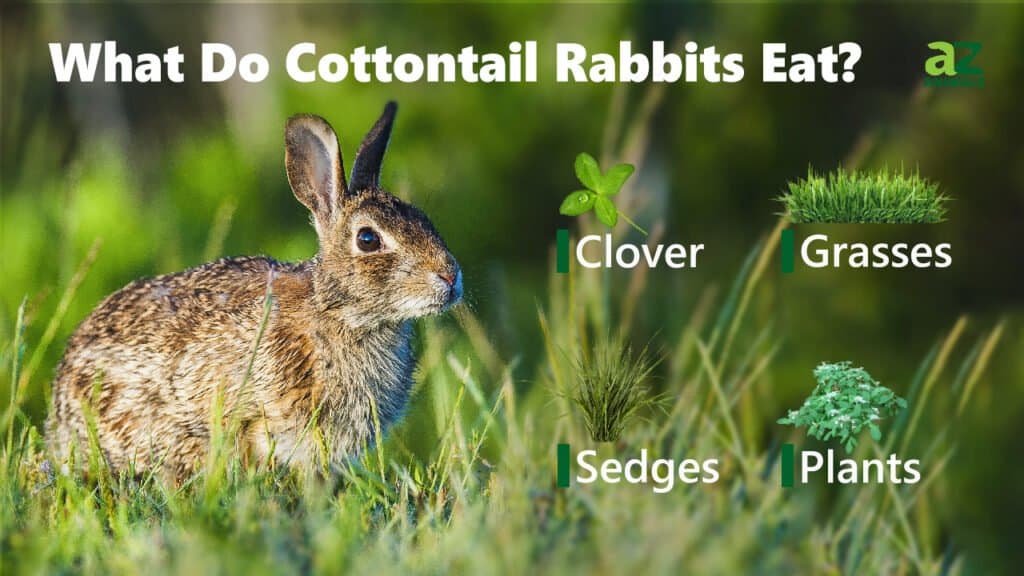
Cottontail rabbits eat a diet of mainly grasses, sedges, clovers, sprouts, leaves, fruits, buds, and bark. They are herbivores who get their nourishment from a wide variety of plants.
Cottontails’ diets vary, adapting to location and seasonal availability of edible plants. Some of their favorite foods are white and crimson clover, Bahia grass, and vegetation like alfalfa, wheat, barley, ryegrass, and winter peas. They are adaptable eaters that can adjust their diet to seasonal changes. The warmer months provide an abundance of fresh green vegetation, while the winter season provides woodier materials.
What Do Cottontails Eat in the Summer?
In the summer months, cottontails enjoy the shoots, stems, leaves, flowers, and seeds of various plants. They eat grasses, sedges, legumes, weeds, and clovers. Some of their favorite munchable matter include goldenrod, plantain, chickweed, sheep sorrel, buttercup, smartweed, wild strawberry, cinquefoil, and violet.
What Do Cottontails Eat in the Winter?
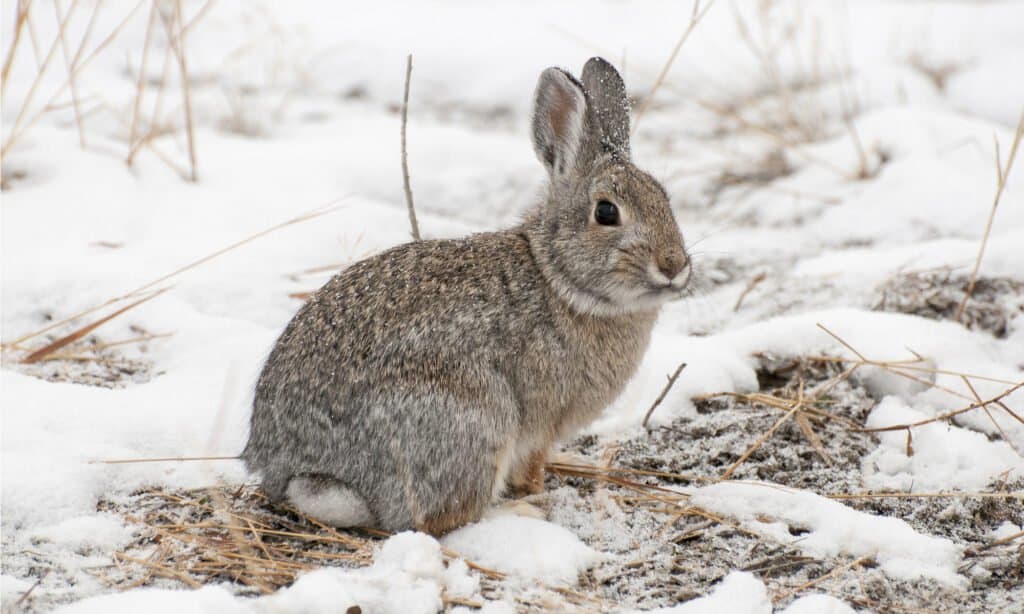
In the winter, cottontail rabbits eat barks, twigs, buds, and small grains.
©moosehenderson/Shutterstock.com
In the colder winter months, cottontails may lose access to lower vegetation, but snow on the ground allows them to reach higher sources of nutrition. They eat barks, twigs, buds, and small grains. They enjoy blackberries, raspberries, blueberries, and willows.
Cottontails also search for winterberry holly, maleberry, silky dogwood, roses, chokeberry, and sumac. These rabbits like to eat hazelnut, fox grape, and greenbrier as well.
How Do Cottontails Eat?
Cottontail rabbits are herbivorous grazers that spend hours at a time eating meals. They spend much of the day resting quietly on the ground, hidden by dense weeds, shrubs, and trees. They are crepuscular and nocturnal eaters. Feeding mainly at dawn and dusk, they move about for several hours searching for food but are also sometimes active at night.
Cottontails have a complete set of 28 teeth well adapted to chewing. Their upper front teeth are long and made for ripping vegetation and gnawing on tough plants. These incisors grow continuously, allowing them to chew to their heart’s content without wearing their teeth down. In fact, they have to munch frequently to keep their teeth filed to the correct length. This is because teeth that grow too long can become dangerous as they could prevent them from eating properly and lead to starvation.
What Do Baby Cottontail Rabbits Eat?
Mother cottontails, or does, create shallow nests called forms made of grass lined with fur for their young. Here, they may eat in safety, hidden by litter or leaves. The newborn kits are nursed once or twice daily for 3-5 minutes at a time, nourished by the doe’s extremely rich milk. As the young grow older, they’re fed regurgitated meals from their mothers’ mouths. In time, they leave the nests to forage for the same foods their parents eat.
Who Eats Cottontail Rabbits?
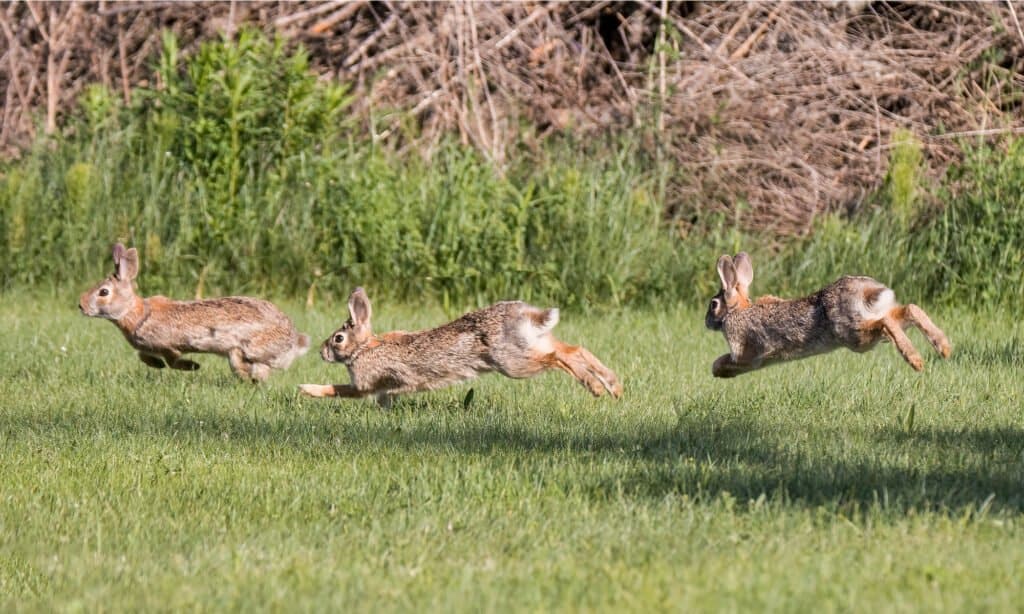
Usually, cottontail rabbits hop about to find food, but they can bolt from predators.
©Fiona M. Donnelly/Shutterstock.com
Cottontail rabbits are targeted by many hunters, including eagles, foxes, hawks, weasels, owls, and humans. They depend on their keen insight, hearing, and legs for safety. They can also take in a wide perspective of their environment and react to the sight of threats with large, protruding eyes on either side of their heads. Upright, movable ears are a distinctive feature of wild rabbits that give them an excellent hearing to detect nearby predators.
While cottontails usually hop from place to place at moderate speeds, they can dart away quickly with strong, well-developed back and leg muscles. As commonly sought prey, they can flourish due to their adaptability, defenses, and high reproductive capacity.
Where Can You Find Cottontail Rabbits?
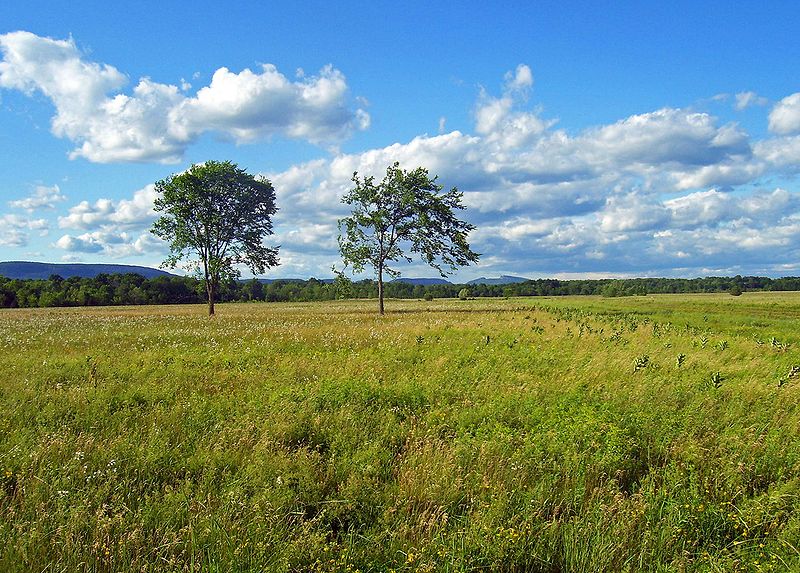
Cottontail rabbits can be found in open grass clearings with access to abundant vegetation.
You can find cottontail rabbits all across the Americas, where they are widely distributed. They are abundant in the midwest grasslands of North America, with the Eastern cottontail being the most common species. Their ideal habitat includes open grassy clearings with access to abundant vegetation and denser areas for cover. While they usually avoid dense woods, they can be found in fields, pastures, open woods, thickets, swamps, and marshes.
The photo featured at the top of this post is © E Gatehouse/Shutterstock.com
Thank you for reading! Have some feedback for us? Contact the AZ Animals editorial team.





